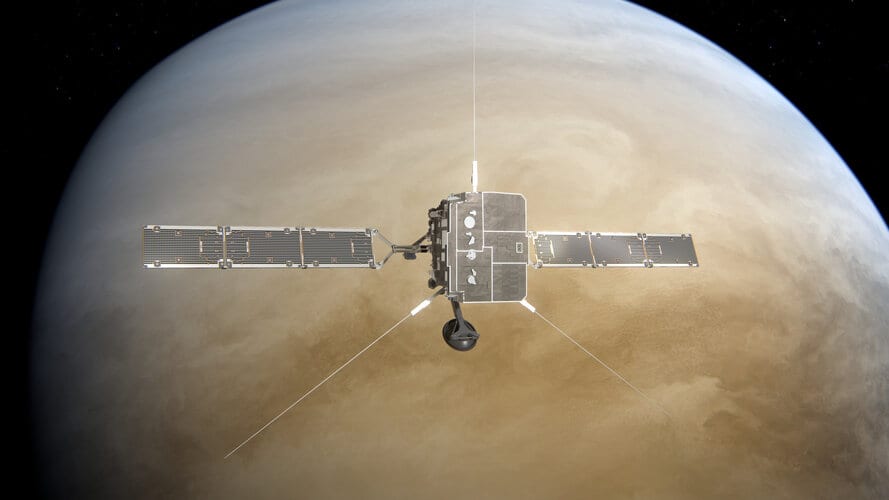
Video:
00:02:27
ESA’s Solar Orbiter mission takes a closer look at the Sun than any European satellite before. The sophisticated probe, carrying ten instruments for imaging the surface of our star and measuring the properties of the environment in its vicinity, can be seen in this animation going through parts of the launch and activation sequence. Lofted to space by an Atlas V rocket, Solar Orbiter deploys its 18 m-long solar array (as measured from tip-to-tip), as well as a set of antennas and an instrument boom, as it embarks on its cruise towards the Sun. The spacecraft takes advantage of the gravitational force of Venus and Earth to adjust its trajectory, which will place it into an elliptical orbit around the Sun. Solar Orbiter will get as close as 42 million kilometres to the Sun, about one-quarter of the distance between the Sun and Earth. The orbit will allow Solar Orbiter to see some of the never-before-imaged regions of the Sun, including the poles. Solar Orbiter’s instruments peek at the star through tiny windows in a 30 cm thick titanium foil shield, which protects the spacecraft against the scorching temperatures and constant bombardment by highly charged particles of the solar wind.
Solar Orbiter is an ESA mission with strong NASA participation. Launch is scheduled for February 2020 from Cape Canaveral, Florida, US.
Comments are closed.